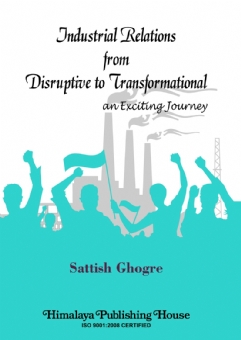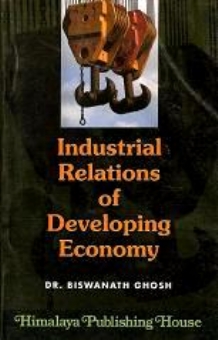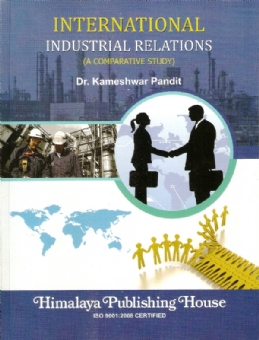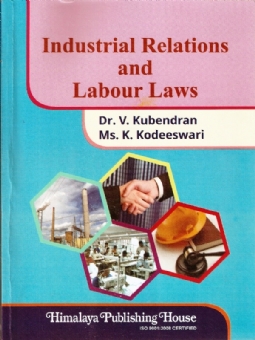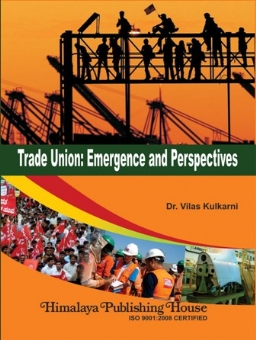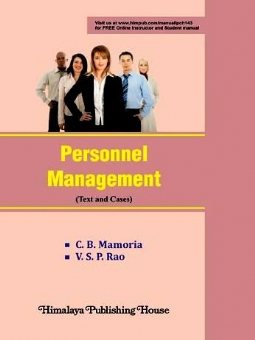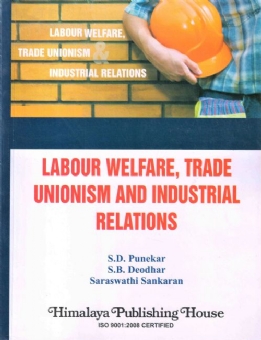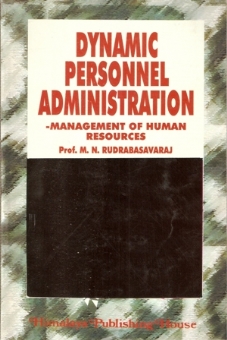Buy Academic Books Online in India | Second-Hand Academic Books
Featured Products
Industrial Relations From Disruptive to Transformational An Exciting Journey
₹385.95
M.R.P.:₹ 415.00
You Save: ₹29.05 (7.00% OFF)
International Industrial Relations (A Comparative Study)
₹385.95
M.R.P.:₹ 415.00
You Save: ₹29.05 (7.00% OFF)
Labour Welfare, Trade Unionism & Industrial Relations
₹442.80
M.R.P.:₹ 540.00
You Save: ₹97.20 (18.00% OFF)


